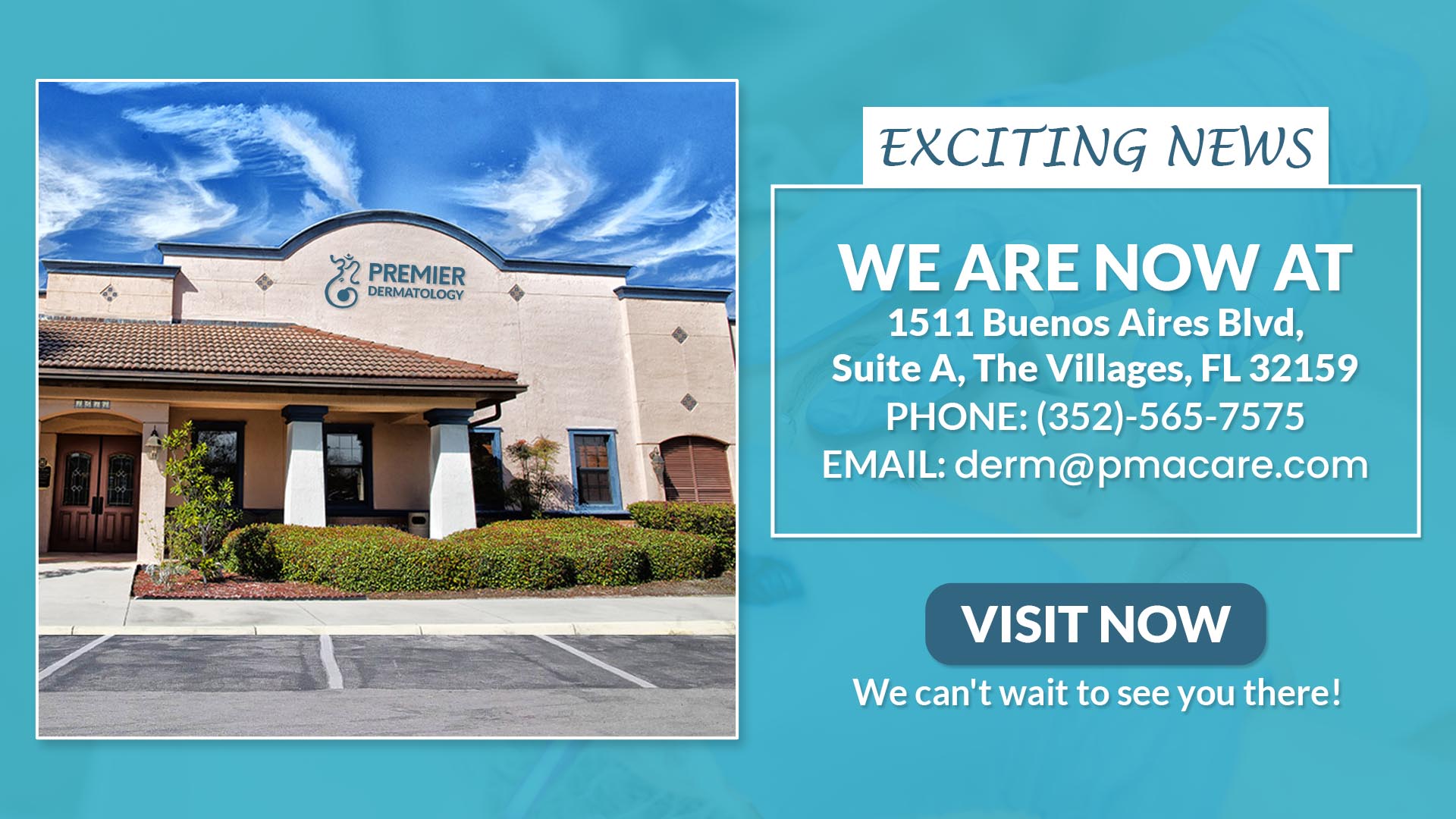You may hear the term “breakout” used to describe all forms of acne, but this isn’t always an accurate description, because not all types of acne spread across the skin.
Clogged pores cause acne and these may be attributed to:
- excess production of oil
- bacteria
- hormones
- dead skin cells
- ingrown hairs
Acne is associated with hormonal fluctuations experienced during the teenage years, but adults can experience acne, too and when that happens you must consult a dermatologist near your location. About 17 million Americans have acne problems, making it one of the most common skin conditions among both children and adults.
Identifying which type of acne you have is the key to successful treatment. Acne may be noninflammatory or inflammatory and the types of acne within these two categories include:
- blackheads
- whiteheads
- papules
- pustules
- nodules
- cysts
It’s possible to have different types of acne at once and in some cases may even be severe enough to warrant a visit to your nearest dermatologist. If you’re concerned about your acne and don’t already have a dermatologist, you can view doctors in your area through the Premier Dermatology website.
Noninflammatory acne
Noninflammatory acne includes blackheads and whiteheads and these normally don’t cause swelling. They also respond relatively well to over-the-counter (OTC) treatment options that are easily available in the market.
Salicylic acid Benefits Of Salicylic Acid | Holland & Barrett is generally marketed for acne, but it usually works best on noninflammatory acne. It naturally exfoliates the skin, removing dead skin cells that can cause blackheads and whiteheads. Look for this in cleansers, toners, and moisturizers.
Blackheads
Blackheads occur when a pore is clogged by a combination of sebum as in natural skin oil and dead skin cells. The top of the pore stays open, despite the rest of it being clogged and this results in the characteristic black color seen on the surface.
Whiteheads
Whiteheads can also form when pores get clogged by sebum and dead skin cells but unlike blackheads, the top of the pore closes up. It looks like small bumps protruding from the skin.
Whiteheads are more difficult to treat because the pores are closed. Products containing salicylic acid can be helpful and topical retinoids give the best results. If retinol does not work for you, stronger topical retinoids are available by prescription from your dermatologist.
Inflammatory acne
Pimples that are red, swollen and hurts are inflammatory acne.
Even though sebum and dead skin cells contribute to inflammatory acne, bacteria can also play a role in clogging the pores. Bacteria can cause an infection deep beneath the skin’s surface and this may result in painful acne spots that are hard to get rid of.
Products with benzoyl-peroxide Benzoyl Peroxide for Acne: How it Works and How to Use It – Healthline may help reduce swelling and get rid of bacteria. It can also remove excess sebum. If you consult a doctor at Premier Dermatology they may prescribe either an oral or topical antibiotic along with the benzoyl-peroxide to treat your inflammatory acne. Topical retinoids are also an important part of combatting inflammatory papules and pustules, so make sure to add them to your skincare routine.
Papules
Papules appear when the walls surrounding the pores break down from severe inflammation. This results in hard, clogged pores that are tender to the touch and the skin around these pores is usually pink.
Pustules
Pustules can also form when the walls surrounding your pores break down. Unlike papules, pustules are filled with pus and these bumps come out from the skin and are usually red in color. They have yellow or white heads on top.
Nodules
Nodules occur when clogged, swollen pores endure further irritation and grow larger and unlike pustules and papules, nodules are deeper underneath the skin. Because nodules are so deep within your skin, you can’t treat them at home. Prescription medication is necessary to help clear them up.
Our dermatologist at Premier Dermatology will likely prescribe the oral medication isotretinoin. It is made from a form of vitamin A and is to be taken daily for four to six months it can treat and prevent nodules by decreasing oil gland size within the pores.
Cysts
Cysts develop when pores are clogged by a combination of bacteria, sebum, and dead skin cells and the clogs occur deep within the skin and are further below the surface than nodules.
These large red and sometimes white bumps are often painful. Cysts are the largest form of acne, and their formation usually results from a severe infection and this type of acne is also the most likely to leave a scar.
The prescription medication isotretinoin is mostly used to treat cysts and when it is a severe case, your dermatologist may surgically remove it.
How severe is acne? H3
Blackheads and whiteheads are the mildest forms of acne as these can sometimes be cleared up with topical medications, such as salicylic acid-based toners or benzoyl-peroxide spot treatments. If they don’t respond to over-the-counter medications, they are easily treated with topical retinoids. There is even one type of retinoid, known as adapalene,Adapalene with benzoyl peroxide | Drugs | BNF | NICE which is available over the counter. This product is very effective in clearing blackheads and whiteheads.
Pustules and papules are more moderate forms of acne and they may or may not clear up with over-the-counter meds.
Nodules and cysts are the most severe forms of acne so you must see a dermatologist to clear up these. Picking or popping nodules and cysts can lead to scars and infection.
You should also confirm whether any bumps or swelling are actually the result of acne or not. There are several skin conditions that cause symptoms similar to acne, though they are something entirely different. Look out for:
- folliculitis
- keratosis pilaris
- milia
- rosacea
- sebaceous filaments
- sebaceous hyperplasia



